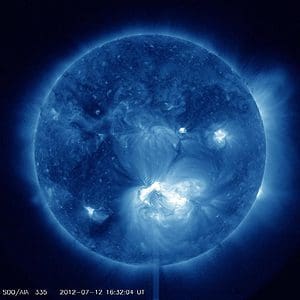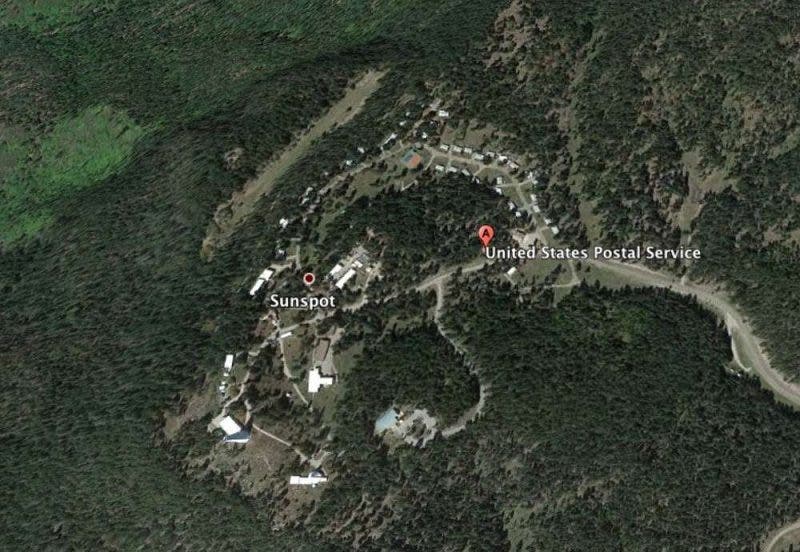
Astronomers have surprised a blast of charged solar particles erupting from a massive solarspot, recently. The unleashed X-class solar flare is expected to reach Earth’s magnetic field on Saturday morning (2:52 p.m. EDT). Scientists warrant that there’s a chance temporary disruptions to GPS signals, radio communications and power grids might occur. Of greater interest for most of us though, is the consequent magnificent display of Northern Lights, slated to extend as far as far south as California and Alabama.
In 2013 the sun will approach the end of its eleven year cycle, which is always followed by X-class solar flares, which might cause communication disruptions as they hit vulnerable satellites. This recent major X-class solar flare serves as an appetizer.
[HOW aurora borealis (Northern Lights) form – VIDEO]


![An artist's conception of HD 209458 b, an exoplanet whose atmosphere is being torn off at more than 35,000 km/hour by the radiation of its close-by parent star. This hot Jupiter was the first alien world discovered via the transit method, and the first planet to have its atmosphere studied. [NASA/European Space Agency/Alfred Vidal-Madjar (Institut d'Astrophysique de Paris, CNRS)]](https://cdn.zmescience.com/wp-content/uploads/2020/11/247271_web-1-350x250.jpg)



